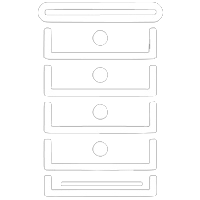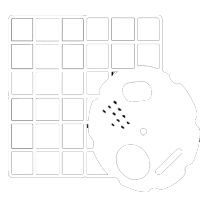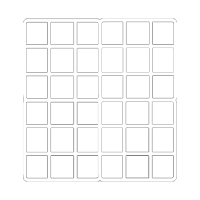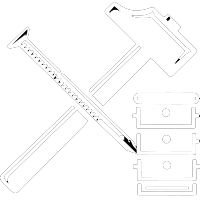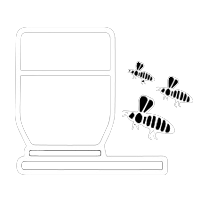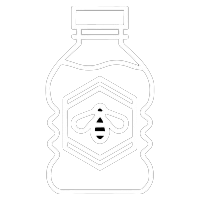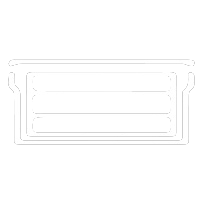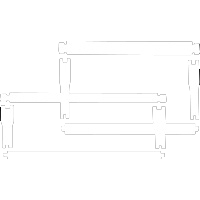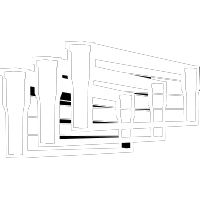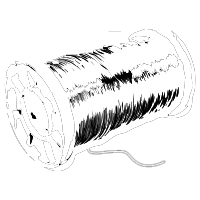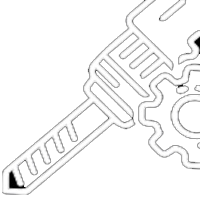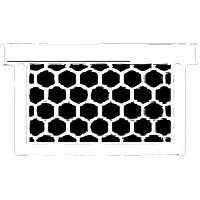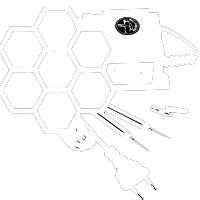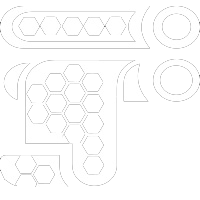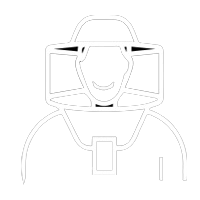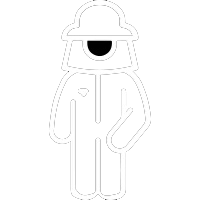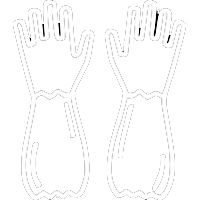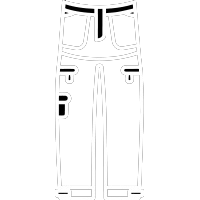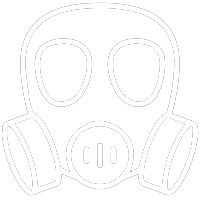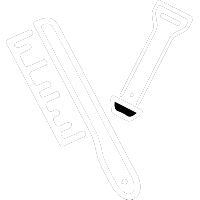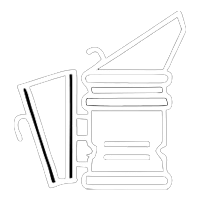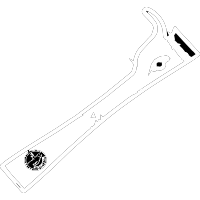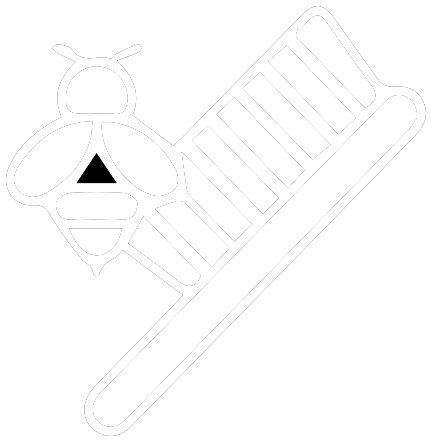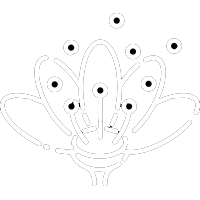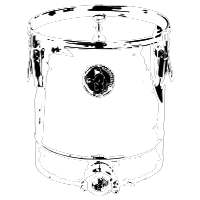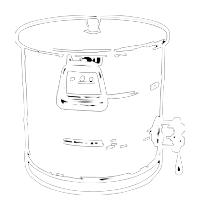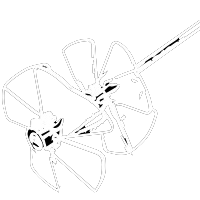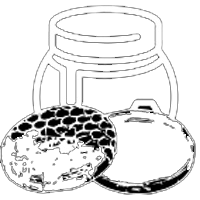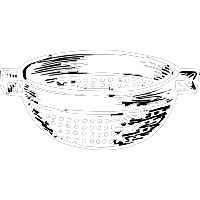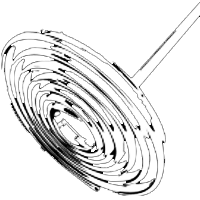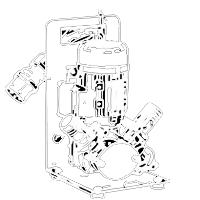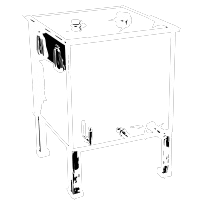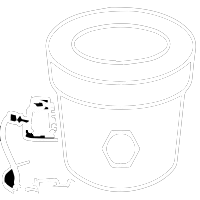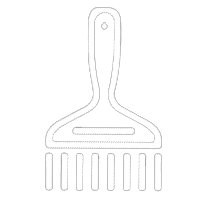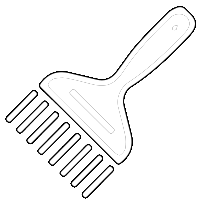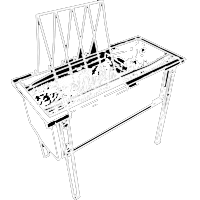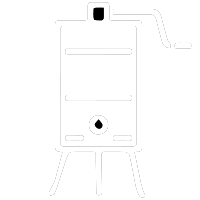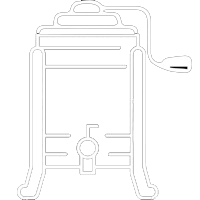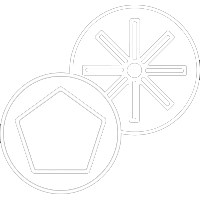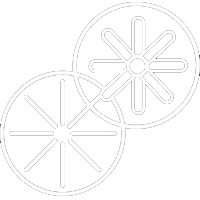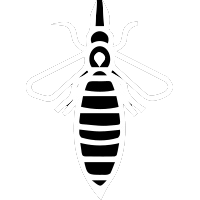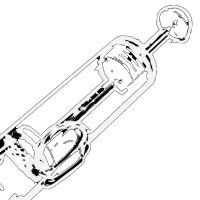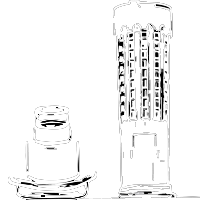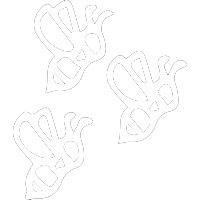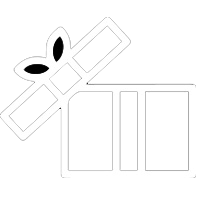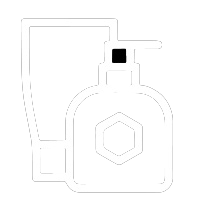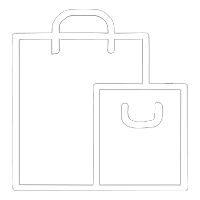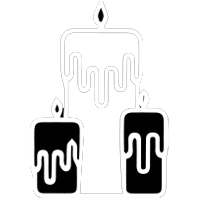Warre
The Warre hive was designed by a French beekeeper called Abbe Warre in the early 20th century. The idea was to design a hive where the manipulation of the colony was kept to a minimum and the hive could increase in size, as the bees needed more space. The hive consists of a series of equal-sized chambers that are square and have a volume of about 20 litres.
The top of each box is a series of eight wooden bars similar to the ones in
the Top Bar hive except that these do not abut but leave a gap for the bees to
pass through. As the colony develops and becomes larger, another box is placed
below the first to give the bees more room. This continues as the colony gets
larger and the theory is that the colony normally develops its comb downward
while the colony gets larger and stored honey is kept in the upper chambers.
There is a crown board and roof on the first box to provide weather protection.
The main characteristics are:
- There are no frames only top bars.
- All boxes are the same size.
- In effect it has top beespace.
- The volume of the hive can be increased by lifting the whole colony in its existing hive and placing a new box underneath.
- Honey is extracted from the frames in the upper boxes that have been used to raise brood.
- It is difficult to inspect the brood and check for disease. It requires strength to manage as the whole hive needs to be lifted when adding another compartment.
Natural beekeeping
Recently there has evolved a strong following for those advocating Natural
Beekeeping as a better method of keeping colonies of honey bees. Natural
Beekeeping is a broad term for a range of beekeeping practices that vary from
providing a cavity where bees are left alone to develop and (hopefully) survive
until ready to swarm and move elsewhere. At the other limit to Natural
Beekeeping there are those that keep bees in Warre or top bar hives and minimise
the number of inspections. The belief behind these methods of keeping bees is
that intervention by the beekeeper is both stressful and harmful to the colony
and should be minimised. Unfortunately, whilst this sounds like good practice,
it can result in colonies swarming and disturbing neighbours and it can also
mean that colonies can suffer and die because manipulations or medication has
not been applied to control disease.
There is much debate between conventional beekeepers who use hives with moveable
frames and those who use Top Bar hives about the best way to manage bees. This
debate will continue indefinitely as in the end all beekeepers care for the
animals they have and, while there are advantages in each way for the bee, there
are also problems with each approach. Only bad, incompetent or ignorant
beekeepers will treat their bees in a way that is harmful to them.
Because of the difficulties facing honey bees and the dramatic reduction in
feral colonies since the arrival of Varroa in Europe and across the world,
interest in keeping bees in a similar environment to the wild has increased.
Honey bees have not only suffered because of the prevalence of Varroa but, like
all pollinators, they have suffered because of a lack of habitat as farms have
become larger and more mechanised. These days, pollinators often appear to exist
in greater numbers in urban areas than they do in the countryside!
Excerpt from the book: The bbka guide to beekeeping




